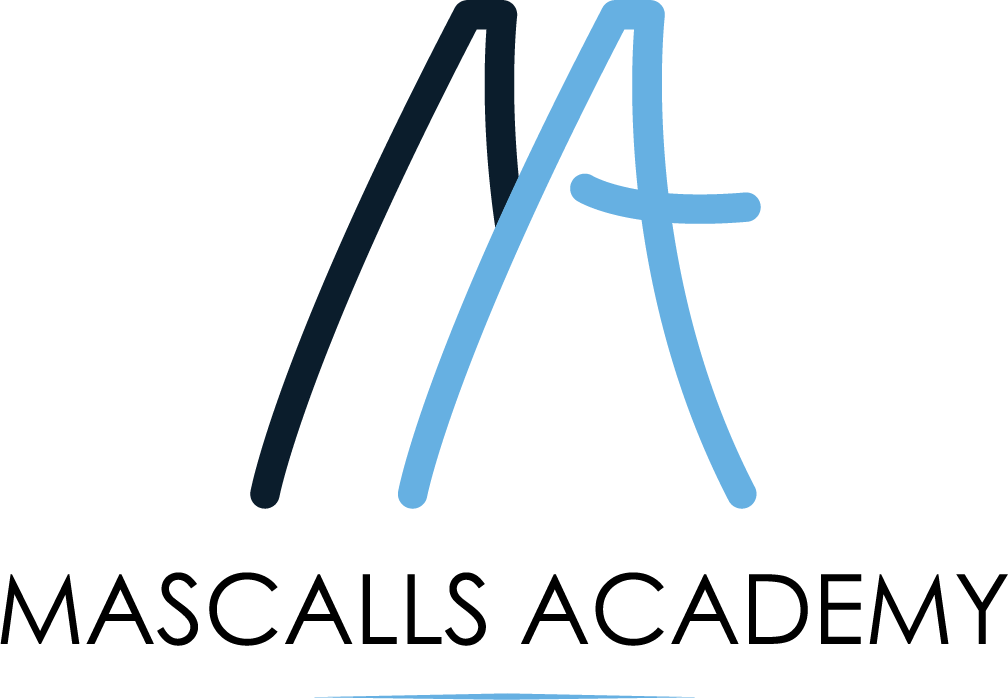Introduction to media language, representation, advertising industry, Quality Street context, Quality Street media language analysis, Quality Street representation analysis, This Girl Can context, This Girl Can media language analysis, This Girl Can representation analysis, comparative writing technique and exam approach, comparing representations of women in adverts.
Film poster conventions, Bond/spy action genre conventions, tmwtgg context, tmwtgg media language analysis, tmwtgg representation analysis, approaching the context question, Bond narratives, Bond intertextuality, comparing representations of men in film posters, introduction to Spectre industry, film industry production process, film ownership and control, film regulation, Spectre marketing, 007 website analysis, approaching the industry questions.
Research task into the radio industry, The Archers background context, Ownership and Regulation (OFCOM), industry context and the Radio 4 brand, production context, convergence and technology, active audiences, audience appeals and targeting, narrative structure, episode analysis, audience responses and identity.
Planning of ideas in relation to research and brief, writing the statement of aims, practical tutorials, production lessons.
Research task into the radio industry, The Archers background context, Ownership and Regulation (OFCOM), industry context and the Radio 4 brand, production context, convergence and technology, active audiences, audience appeals and targeting, narrative structure, episode analysis, audience responses and identity.


